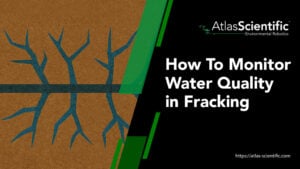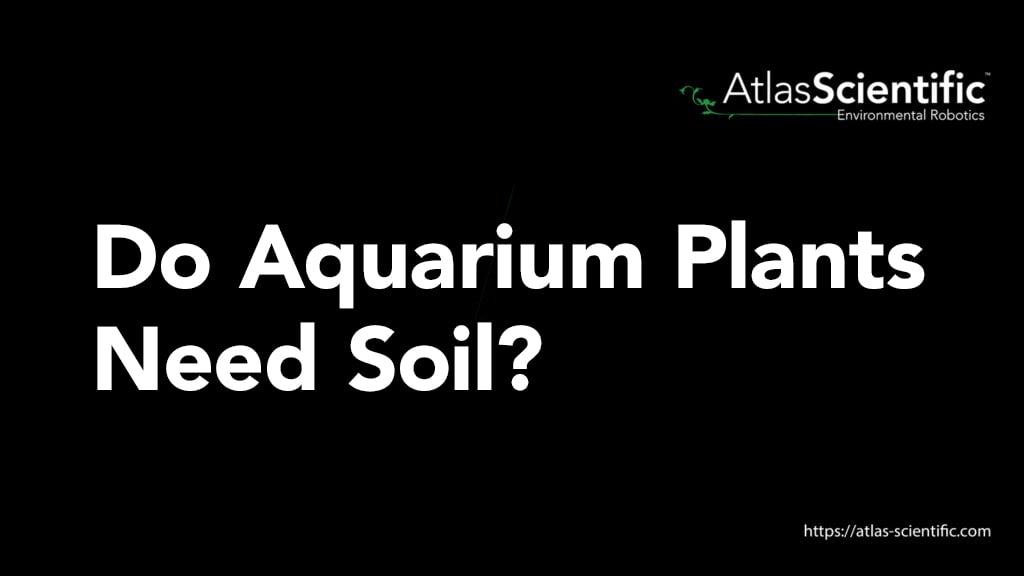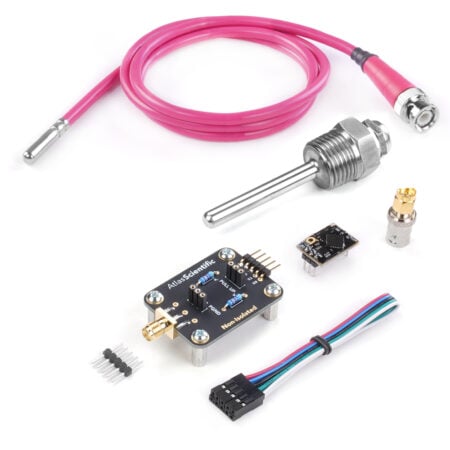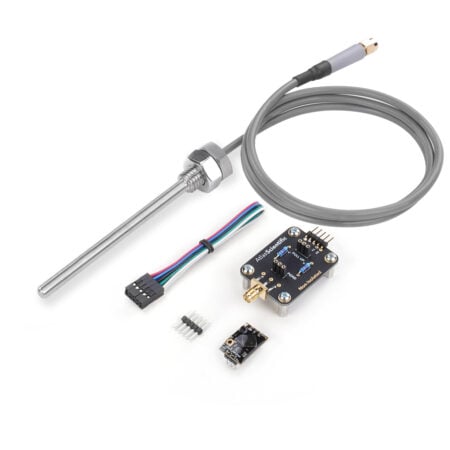Live aquatic plants that absorb nutrients through their roots (root-feeders), require soil to grow and thrive in aquariums, these include ground cover plants, node propagators, and aquarium plants with bulbs.
Aquarium plants not only make a reef aquarium more beautiful, but they are also important in improving water quality (by removing carbon dioxide and supplying oxygen in return) and providing refuge for fish. However, just like plants in your backyard, aquatic plants also require some level of care, but their needs are slightly different from terrestrial plants.
This brings us to the question of whether aquarium plants also require soil to survive.
Do Aquarium Plants Require Soil?
Aquarium plants require clean water, light, nutrients for growth, and in some cases, a proper substrate like soil.
Whether your aquarium plant requires soil or not, will depend on the type of aquatic plant you have. While some aquarium plants can absorb nutrients via their leaves and do not require a substrate like soil, many aquarium plants that grow from a bulb and absorb nutrients through their root system, require soil to survive.
Soil also acts as a great, sturdy anchor, keeping your aquarium plant upright.
Aquarium Plants That DO Require A Substrate
Plants that absorb nutrients through their roots are known as ‘root-feeders’. These are the aquarium plants that require a substrate, therefore, you must anchor them to aquarium soil to allow them to thrive and grow.
1. Ground Cover Plants
Ground cover plants, like Vallisneria, send out ‘runners’ which develop into separate plants with new roots, similar to running bamboo on land. When ground cover plants mature, you can break them off and move them to other areas inside your aquarium, where they will establish into a new fully-functioning plant.
As these aquarium plants can grow tall, they are best placed near the back of the aquarium.
2. Node Propagators
Node propagator plants include Myriophyllum, Ludwigia, and Acorus. They have long stringy branches that are often seen floating on the surface of the aquarium water.
Their branches are easily broken off, however, you can gather them up and anchor them with a weight to firmly plant them back in the substrate. This is also a great way to propagate your plant, as the branches will root into a new plant.
3. Bulbs
Aquarium plants that have bulbs (i.e. Madagascar Lace) are very similar to terrestrial plants. While the bulbs may look dry and dead when they arrive, once planted, these aquarium plants quickly sprout and grow into attractive plants, given the right conditions.
The only downside is that they have a particular growing season. Bulbous aquarium plants sprout their leaves until they grow a flower. When you see the flower, be prepared for your aquarium plant to decline. During this phase, it seems the plant has died, however, it is just in its dormant stage, saving its energy to grow bigger and better.
In aquariums, it is important to remove the bulb from the soil and store it somewhere dry, cool, and dark, for at least three months. If your aquarium plant has grown more than one bulb, you should separate them. After three months, you can return your plant to the aquarium, planting it the same way as before.
Aquarium Plants That DO NOT Require A Substrate
Not all aquarium plants are root-feeders, therefore, they do not require soil to survive. These plants are much easier to grow and care for, as they float around the aquarium, which also provides your aquarium with lots of movement.
These types of plants are the best choice if you cannot invest a lot of time into caring for your plants:
- Java Moss
- Java Ferns
- Water Lettuce
- Water weeds (Elodea)
- Hornwort
- Marimo moss balls
- Anubias
- Cabomba
Advantages To Soil Substrates
- Soils are rich in nutrients.
- They can help improve the water quality inside an aquarium by neutralizing the water’s pH balance.
- They promote fast growth among carpet plants.
- Soils can promote beneficial bacterial growth which increases algae oxygen production.
- Soil substrates release nutrients into the aquarium water, which other aquatic life such as fish can utilize.
Disadvantages To Soil Substrates
Soil substrates are beneficial to aquarium plants because they are packed with vital micro and macronutrients, however, there are a few disadvantages to using them which are worth mentioning.
- Adding soils can change your aquariums’ water chemistry.
- Soils break up over time, which can turn the water muddy.
- Nutrients in the soil get exhausted after one or two years, so you will need to add root tabs*, which act like fertilizers.
- Soil-based substrates can be expensive.
*Root tabs are the answer to aquarium plant fertilizing problems! Once added to the aquarium soil, they will quickly replenish potassium, iron, and carbon, which are essential for your aquarium plant to survive. Once the nutrients are absorbed into the soil, your plant uses its root system to utilize them.
How Much Soil Do Aquarium Plants Need?
Two key factors determine how much soil your aquarium plants need:
- The size of your aquarium.
- The depth of your substrate.
The depth of your substrate will vary, depending on how big your aquarium is. However, the general rule of thumb is to have a substrate depth between 2 and 5 cm for freshwater aquariums, and 5 to 7.5 cm for planted aquariums.
How To Calculate How Much Soil Aquarium Plants Need?
To work out how much soil your aquarium plants require, firstly, measure the size of your aquarium in centimeters (cm). Once you have that, you can use the following equation:
Length x width x depth (of aquarium) / 1000 = The amount of aquarium soil you need in liters
Arranging Soil/Substrate In An Aquarium
When adding soil or a substrate to an aquarium, it is best to place it in a sloping fashion, rather than flat. As soil is full of nutrients, aquatic plants do much better with soil rather than sand and gravel, however, you can still add gravel and sand to make your aquarium more decorative, and it is also a great solution to prevent your aquarium water from going muddy.
What Type Of Soils Do Aquarium Plants Need?
Aquarium plants cannot survive in typical garden soil. There are special soils specifically designed for aquarium plants and aquatic habitats that you can buy at your local fish store (LFS) or online.
The two soil substrates we recommended are:
- CaribSea Eco-Complete
- ADA Aqua Soil Amazonia
When selecting aquarium soil, it is essential to keep in mind that every plant has unique nutritional needs, and every soil has different ingredients. If you are unsure what nutritional requirements your aquarium plant needs, speak to your LFS.
To help maintain soil quality, it is recommended that you test the pH of the soil, as pH affects nutrients, minerals, and plant growth.
Summary
Not only do aquarium plants create a natural, or close-to-natural environment for freshwater fish, but they also help to maintain water quality inside aquariums. As aquarium plants require nutrients to grow and thrive, many species will need soil.
If you have any questions regarding soils and aquatic systems, or what testing kits we have to offer, please feel free to reach out to our world-class team at Atlas Scientific, we are always happy to help!
Monitoring Kits

















